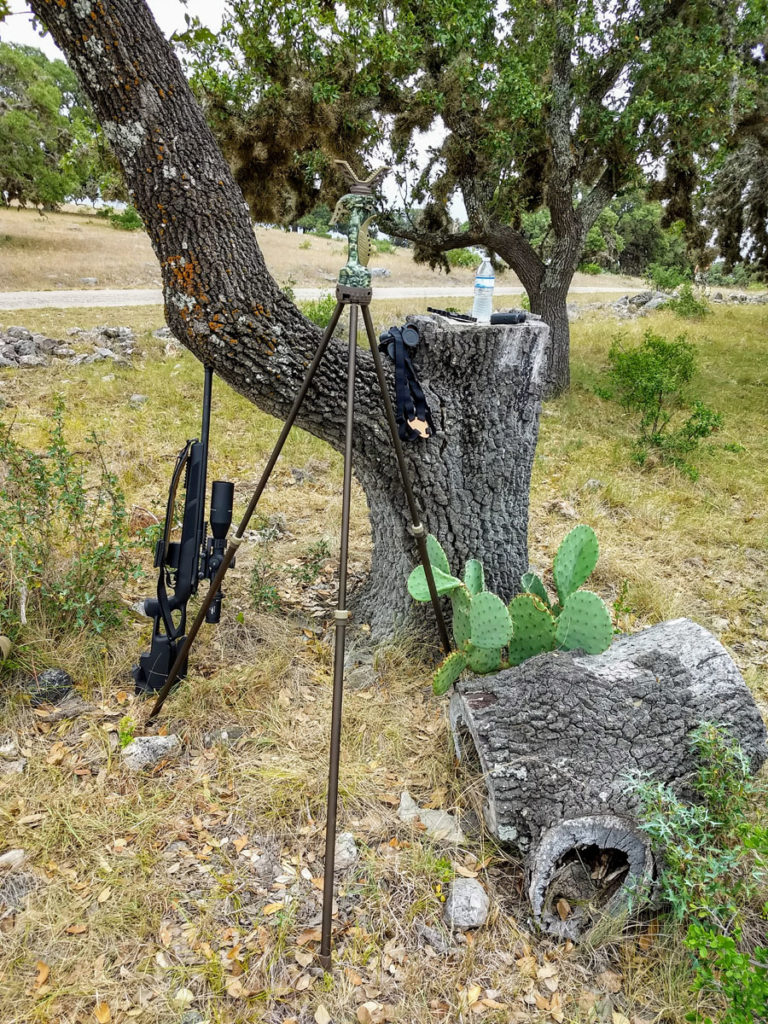Long-range hunting continues to gain in popularity. But just because you want to go long doesn’t mean dropping in bullets at 1,000 yards. Most deer hunters, for example, take their shots at 100 yards or less. Yet, if those same hunters could extend their range to 400 yards? Their chances at filling their tags would go up greatly.
And you don’t have buy a $4,000 custom rifle topped with a scope that costs the same to be in the longer-range game. In fact, most of today’s mid-priced bolt-action rifles can effectively hit a deer’s eight- to ten-inch diameter vital zone at 400 yards—when paired with a quality optic and first-rate ammunition. The same goes for their AR-10 cousins.
You, too, can be a 400-yard deer hunter–with some summer-time preparation to get ready for the fall.
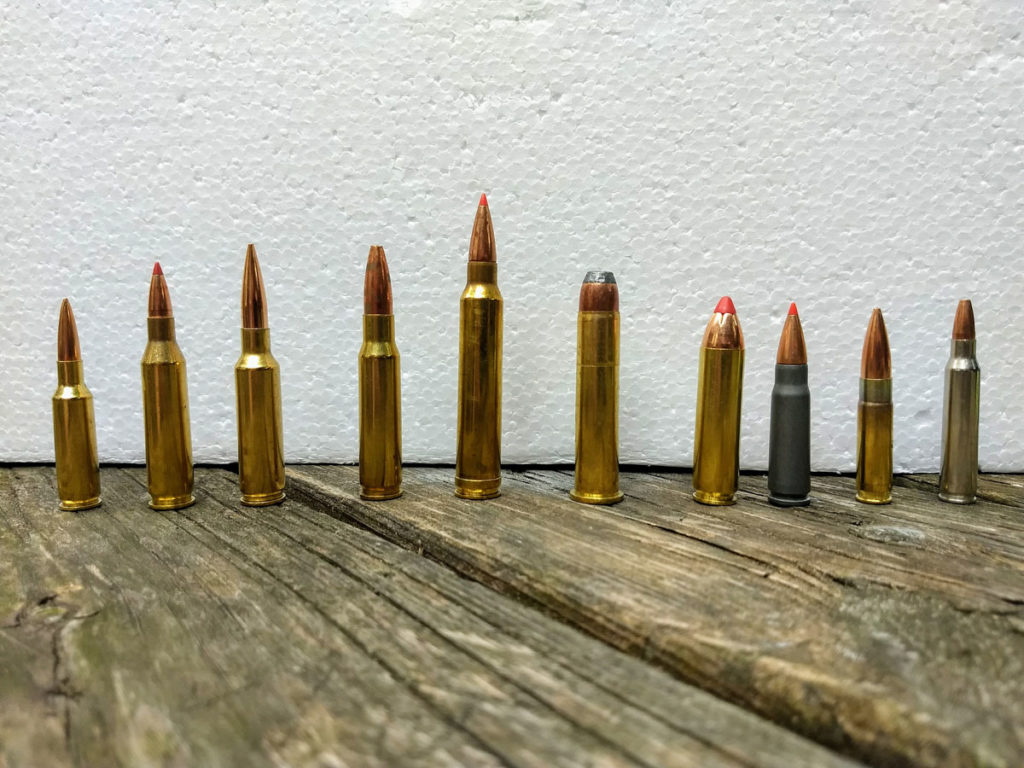
Caliber Choices You’ll need a rifle in a caliber with enough punch to drop a deer at 400 yards; examine general ballistic charts and you’ll find that most calibers starting with .243 Win and up will more than do the job. Exceptions: 30-30 Win, 45-70 Govt., many of the larger bore AR’s (.45o Bushmaster, for example), and yes, the Rem .223 and 7.62x39mm. These rounds simply don’t have the needed energy at this range.
One exception in the other direction: the new .224 Valkyrie, which might seem too small based on bullet diameter. Yet, when loaded with 90-grain soft-point bullets, the round is a flat-shooting screamer, ballistically speaking, with the power for 400-yard deer hunting.
Optics Plenty of budget scopes work fine for hunting—at 150 yards or less, in bright sunlight, and with the animal patiently standing broadside. But add in a couple hundred yards of distance and hazy conditions, and these same scopes usually produce blurry images. Often, their reticles are too large at distance, too, for a precise shot.
For a 400-yard rig, you’re looking at rifle scopes that start at $500 and up. You will also want a scope that had a reticle with holdover points, either in Mils or MOA graduations. Parallax adjustment is a nice feature, too.
Magnification? Much of that will depend on your eyes. When my shooting is in the 300- to 400-yard range, I find myself turning my rifle scope up to the 10x to 12x range, depending on light and other environmental conditions. So, for me, a scope with a 3x to 15x magnification range works fine.
Range Time My rule of thumb: if a rifle can print MOA or better groups at 100 yards, it will work at 400 yards. But if you can only do two-inch groups at 100 yards? Now you are at a spread of eight-inches or more at 400 yards, and that’s an open invitation to wound an animal.
So, get to the range and see what your current hunting rifle can do on paper.
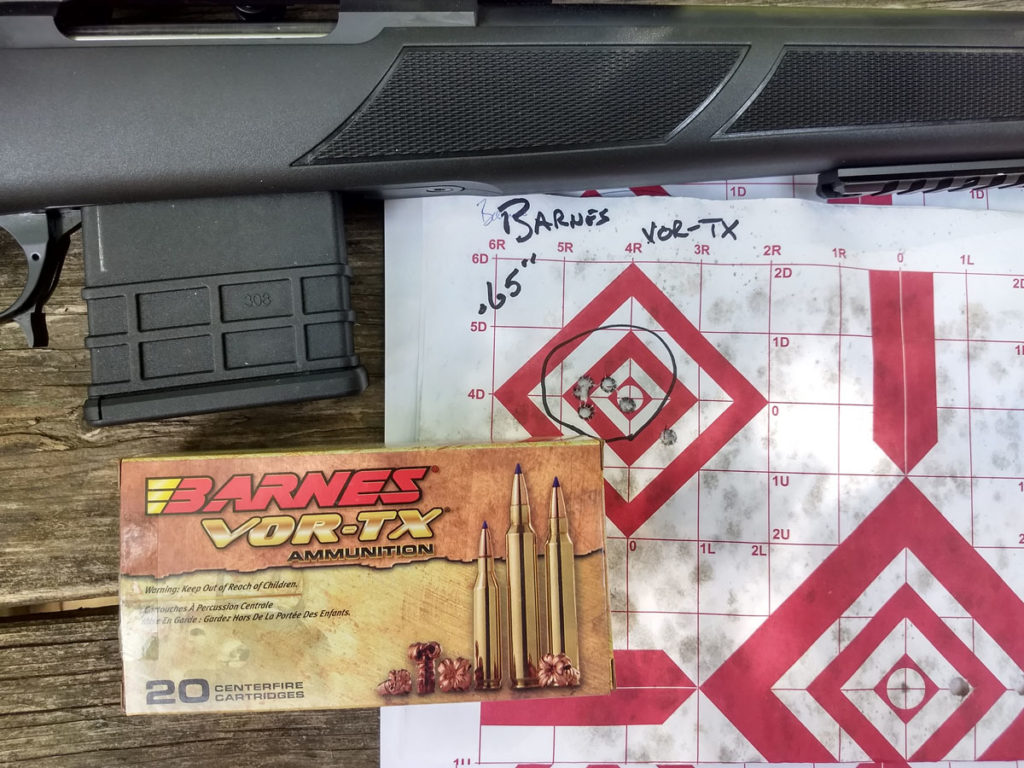
Ammunition Many ammunition makers are producing long-range hunting ammo, using bullets and powders to specifically produce superior accuracy at distances. I was leery of such ammunition and wondered if it really was better accuracy-wise or just a way for ammo makers to charge an additional $15 per box of ammo.
But I’ve found that the standard deer hunting rounds print 1.5-inch or larger groups at 100 yards. Meantime, these “long-range” cousins actually shrink those groups to .80- to .50 inches—with the very same rifles.
Much like the budget scopes, the standard deer hunting ammo is fine for shots out to 100 to 150 yards. But increase that shooting distance, and you will want to use the better–and admittedly more expensive—ammunition.
Shooting Positions Once you decide on a rifle and scope combo that’s pegging tight groups, it’s time to start shooting from various positions beyond the bench. Go prone, for example, and fire off 10 rounds using your backpack as a rest. Try some shots kneeling, with the shooting bench to support your shooting arm as a way to mimic that large rock or downed log you might find afield.
Bring your shooting sticks to the range and shoot from them sitting with your back against the shooting bench. If you have tall sticks, practice standing shots.
Take it all one step further and go afield with your rifle and shooting sticks and see what it all feels like to set up a shot here. You don’t even need to shoot (although that would be very good practice, too). The point is to experience actual field conditions to acquire a good idea of what it might take to set up a stable shot.
With shooting sticks, for example, stable requires a solid base and support for you shooting arm. Establishing that arm support may take some creativity. If you are sitting behind the sticks, see if a backpack under the elbow will get the job done. Maybe your back to a rock or deadfall will provide stability. When I am setting up for a standing shot with sticks at distance, I try to find a tree I can either lean into for support or back into for elbow stability.
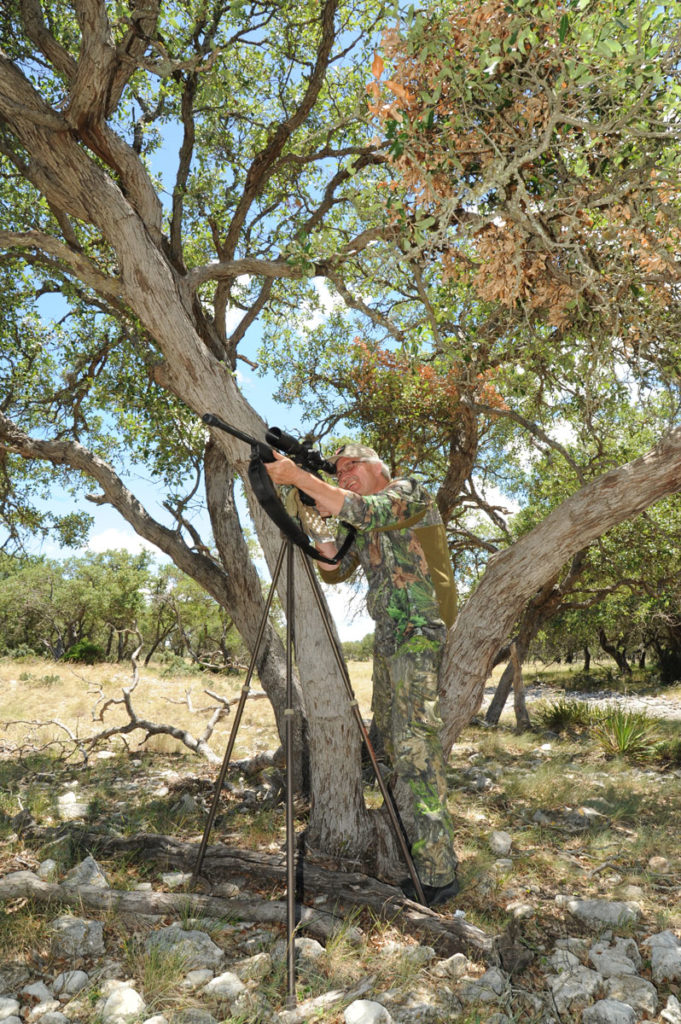
Ballistic Calculators Do yourself a big favor and start using a ballistic calculator, many of which can be downloaded onto your cell phone as an app. There are many very good calculators out there, including several offered for free from ammunition manufacturers like Federal and Hornady, as well as for-fee calculators.
In prepping for a recent free-range Axis deer, I used the Advanced App from Ballistic. My process is to get to the range and find out which hunting ammo is producing the best groups. Then, I start plugging my variables into the app.
In this case, once I had selected my ammo for the Axis hunt—Barnes VOR-TX in 6.5 Creedmoor firing a 120-grain TTSX bullet–I built my shooting profile on the Ballistic app I’d downloaded onto my iPad. I input my caliber and bullet weight, the 100-yard zero, and the atmospheric conditions which existed when I was doing my shooting.
Next, I chronographed 10 rounds to arrive at the average muzzle velocity and added that velocity to my Ballistic profile.
Now, I plugged in a 200-yard zero into Ballistic (which requires less holdover for the 400-yard shot), and it calculated my rifle would shoot two-inches high at 100 yards with a 200-yard zero. I adjusted my scope accordingly and shot a nice 100-yard group clustered two inches above the bullseye.
(I would’ve just shot a group at 200-yards to verify, but my shooting club only has 100-yard rifle ranges.)
Once I got to the Texas Hill Country for my Axis hunt, I plugged in the local atmospheric conditions, including temperature, barometric pressure, and altitude, which reset my bullet drop points and needed MOA adjustments out to 400 yards. Then, I created a range card of sorts by writing down those trajectory points, from 0 yards out to 400 yards, on a piece of notebook paper.
Last, I plugged in potential winds of 5MPH, 10MPH, and 15MPH into my Ballistic app to see what the drifts were at various distances and noted them on the back of my dope chart. I could have added more wind speeds, but I figure if the wind is 20MPH or better, I’m not taking that shot. Too iffy, in my experience.
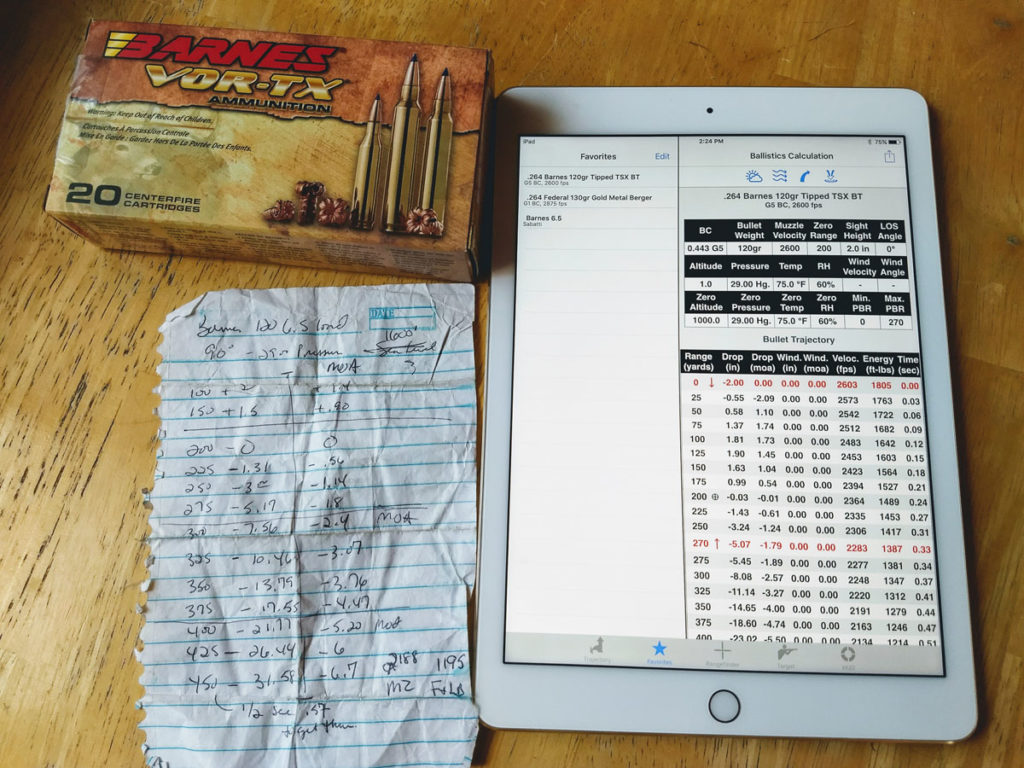
Range Finders Invest in a solid range finder. The bullet profile you create with your ballistic calculator will only work if you know the actual field distances.
Practice with that range finder, too, at the range and afield. I’ve found that distances can be very deceiving. When the landscape is nice and level, for example, my distance estimates (verified by my range finder) are pretty much spot on out to 300 yards.
But when the location’s hilly or I am looking across canyons? My eyes and brain will insist that black rock is 300 yards away. My range finder, though, usually puts the rock closer to 200 yards.
Conclusion Becoming a 400-yard deer hunter does take time, practice and a certain financial investment. But there’s a great sense of accomplishment when you drop that 10-pointer standing at the end of the bean field. Especially when the buck was at a distance you wouldn’t have considered possible before your work to become a 400-yard deer hunter.
